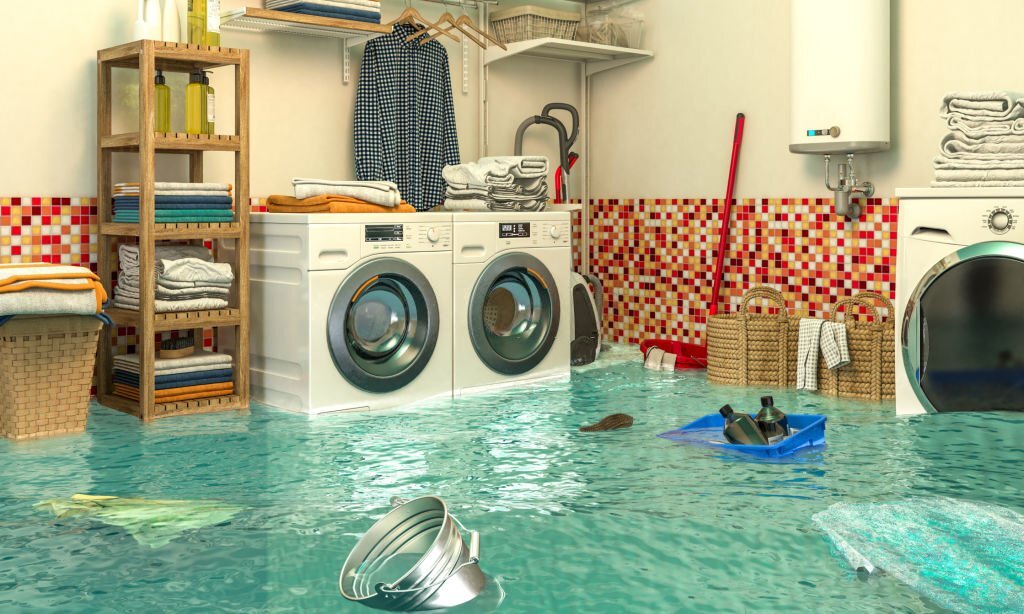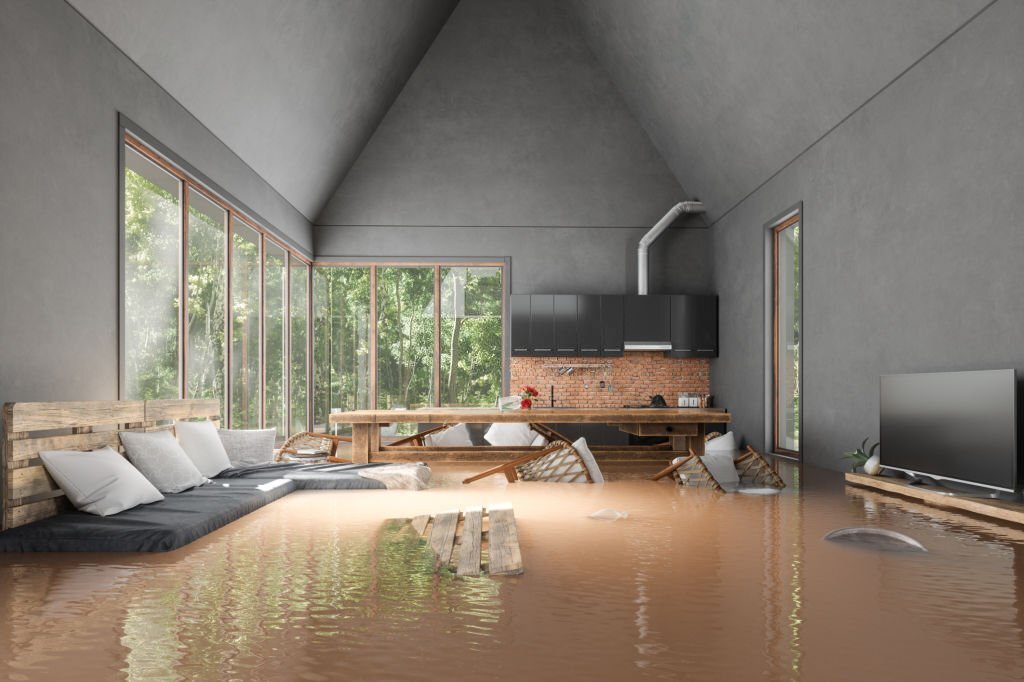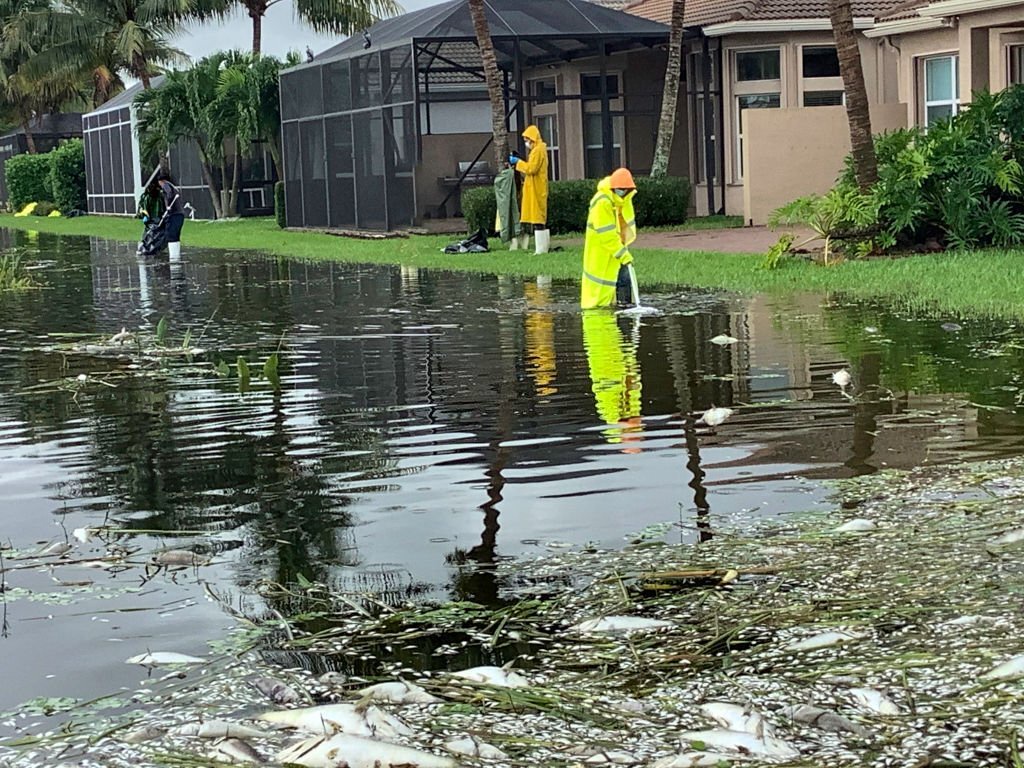Floods happen when extreme amounts of rainfall cause the ground to be covered in water. The amount of cleanup required varies depending on how severe the flood is and how much sewage, chemicals, and other contaminants have been mixed with the floodwater. Find out more about floods in this article by clicking below!
If a flood has occurred, the first step is to assess the damage and identify what needs to be cleaned up. This may include anything from removing wet carpets and drywall to clearing out debris and mud. Once the area has been cleared, it is important to disinfect all surfaces to prevent the spread of mold and bacteria. Finally, any damaged items will need to be repaired or replaced.
How are Floods Cleaned Up?
It can take weeks or even months to clean up after a flood. The first step is to remove all the water from your home. This can be done with a wet/dry vacuum or by renting a professional water extraction machine. Next, you need to remove all the saturated materials from your home. This includes carpet, padding, drywall, insulation, and any other materials that have been in contact with water. These materials need to be removed because they can quickly develop mold and mildew. Once all the wet materials have been removed, you can start cleaning and disinfecting your home. All surfaces, including walls, floors, and ceilings, should be cleaned with a bleach solution. Any mold or mildew present should also be cleaned with a bleach solution. Finally, you need to dry out your home as much as possible. This can be done with fans and dehumidifiers.

The Process of Drying Out a Flooded Area
The process of drying out a flooded area can be a long and difficult one. First, all of the standing water must be removed. This can be done with pumps or by bailing. Once the water is gone, the area must be dried out completely. This can take days or even weeks, depending on the size of the area and the amount of water that was present. During this time, mold and mildew will begin to grow, so it is important to keep the area as clean and dry as possible. Once the area is completely dry, it can then be cleaned and repaired as necessary.
What is the Purpose of Flood Prevention?
Flood prevention is the act of taking measures to reduce or prevent the occurrence of floods. Floods can occur due to heavy rains, melting snow, hurricanes, and other natural disasters. They can also occur due to dam failures or levee breaches. Flood prevention measures include constructing floodwalls, levees, dams, and dikes; creating rain gardens and detention basins; and implementing land-use planning policies that limit development in flood-prone areas.

How to Avoid Getting Your Home Flooded
Floods can cause a lot of damage to your home, so it’s important to take steps to avoid getting your home flooded. There are a few things you can do to help prevent flooding:
1.Install a sump pump: A sump pump is a device that helps remove water from your basement or crawl space. It’s installed in a pit below the floor level, and when water enters the pit, the sump pump kicks on and pumps the water out of the pit and away from your home.
2. Disconnect downspouts: Downspouts are the pipes that carry rainwater from your gutters down to the ground. If they’re not disconnected, they can send water right up against your foundation, which can lead to flooding. Make sure your downspouts are disconnected and that the water is being directed away from your home.
3. Grade your yard: The soil around your foundation should slope away from your house at a rate of about 6 inches for every 10 feet. This will help ensure that any water that does get near your foundation will drain away from it instead of pooling around it.
4. Seal cracks in your foundation: Even small cracks in your foundation can let water inside, so it’s important to seal them up. You can use hydraulic cement or polyurethane caulk to seal cracks; just make sure the product you use is specifically designed for foundations
What to do if you Think You House is in Danger
If you think your house is in danger of flooding, there are a few things you can do to prepare. First, try to move any valuables or important items to higher ground if possible. If you have time, you can also try to seal off any openings in your home that could let water in. And finally, make sure you have a plan for how you and your family will evacuate if necessary. If you live in an area that is prone to flooding, it is a good idea to keep an emergency kit on hand. This should include things like non-perishable food, water, a first-aid kit, and any other essentials that you might need in case you have to evacuate your home.

Flood Damage Restoration
When a flood occurs, the first priority is to ensure the safety of everyone involved. Once the area is safe, the focus shifts to clean-up and restoration. The process of restoring a home or business after a flood can be overwhelming, but it is important to remember that help is available.
There are many steps involved in flood damage restoration, but the following are some of the most important:
1. Remove all water from the premises. This may require the use of pumps and other specialized equipment.
2. Dry out all wet areas as quickly as possible. This includes using fans, dehumidifiers, and other drying equipment.
3. Clean and disinfect all areas that have been affected by the flood waters. This includes walls, floors, carpets, and upholstered furniture.
4. Repair any structural damage that has occurred as a result of the flooding. This may include repairing drywall, replacing flooring, or stabilizing foundation walls.
5. Restore any personal belongings that have been damaged by the flood waters. This may include cleaning clothes, books, electronics, and photographs.


No comments yet